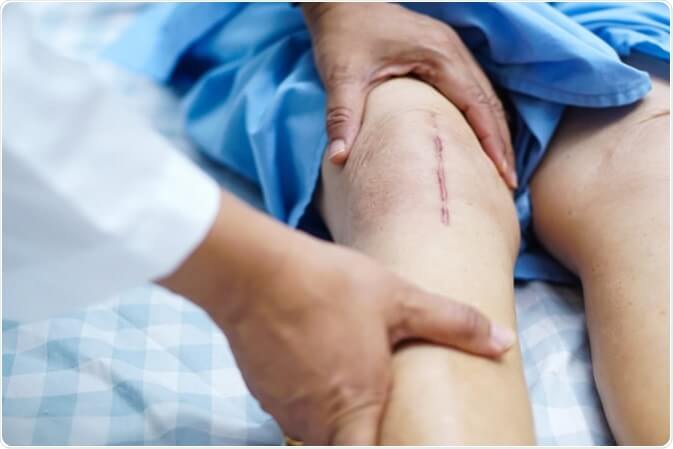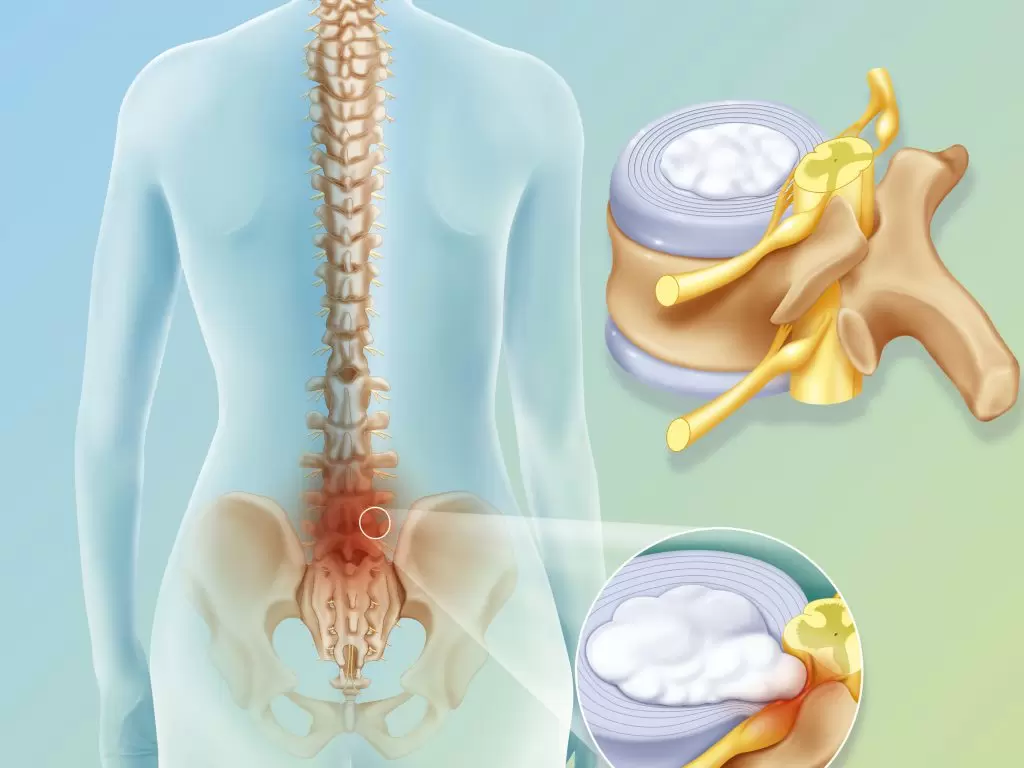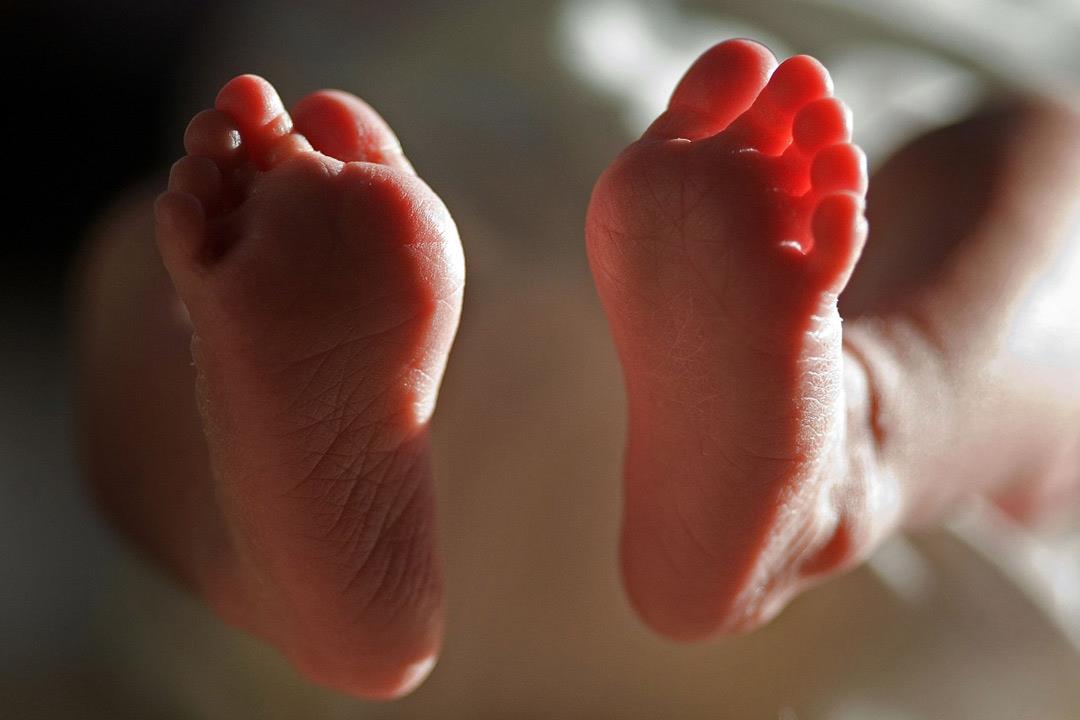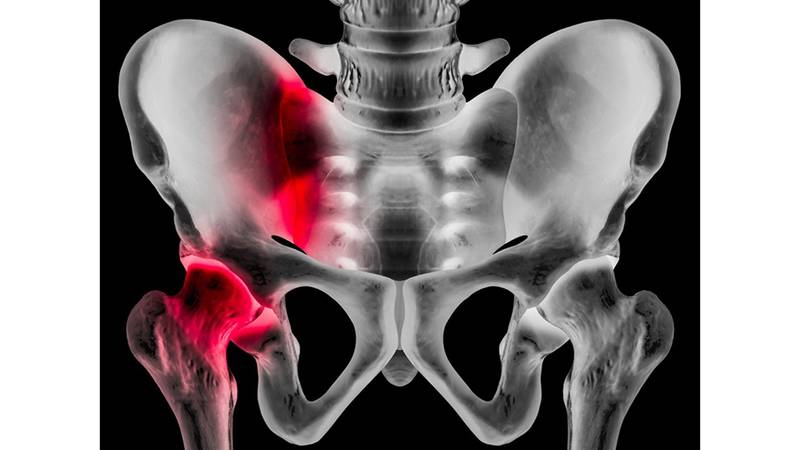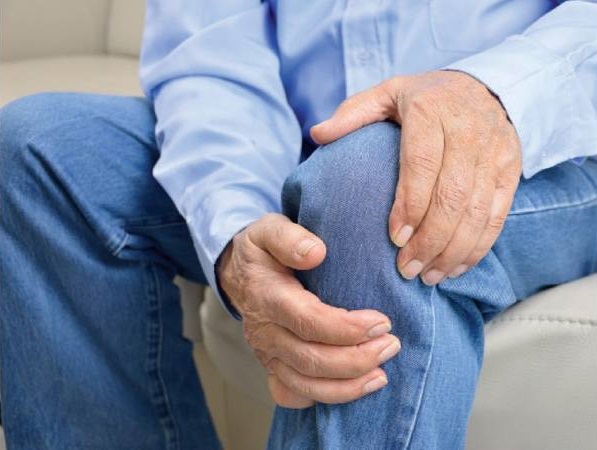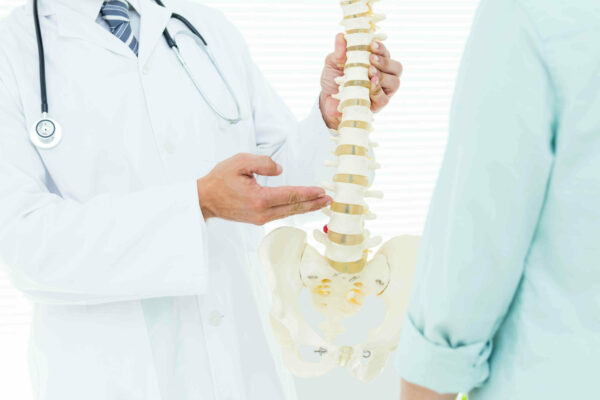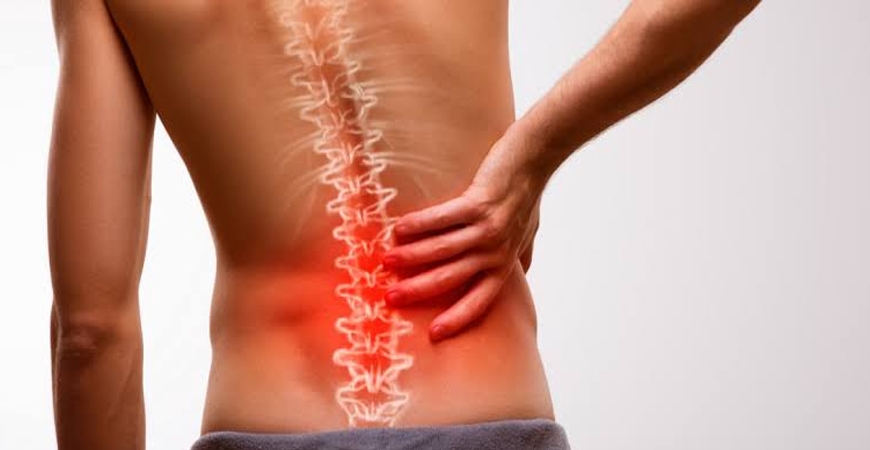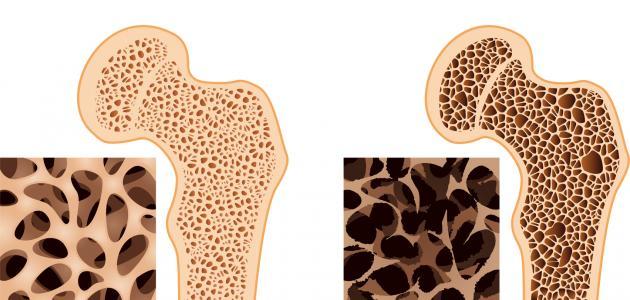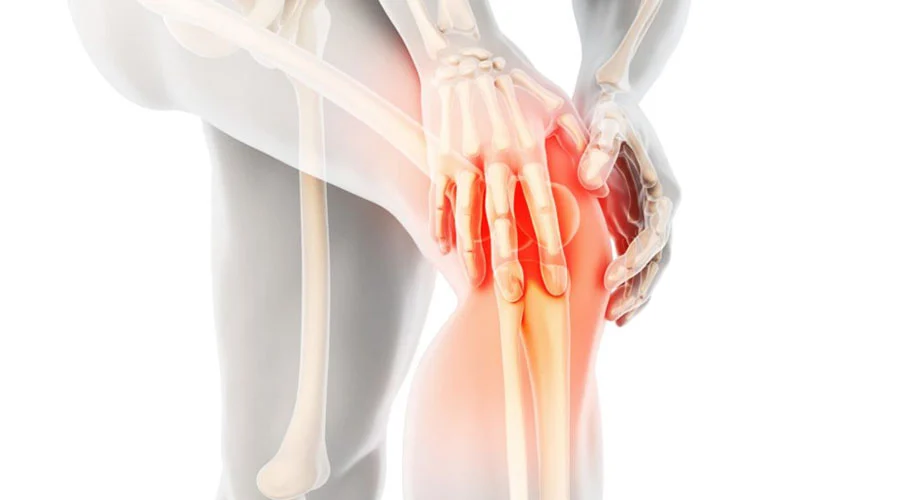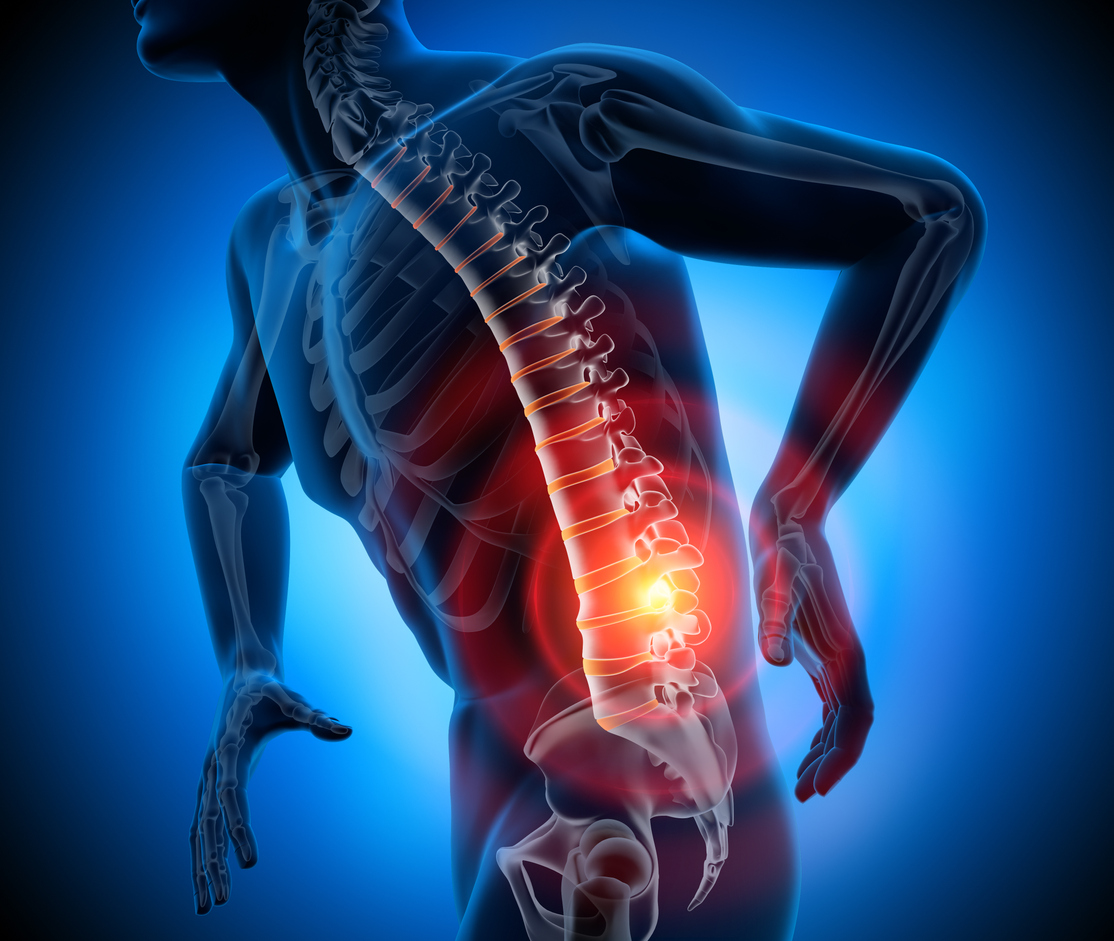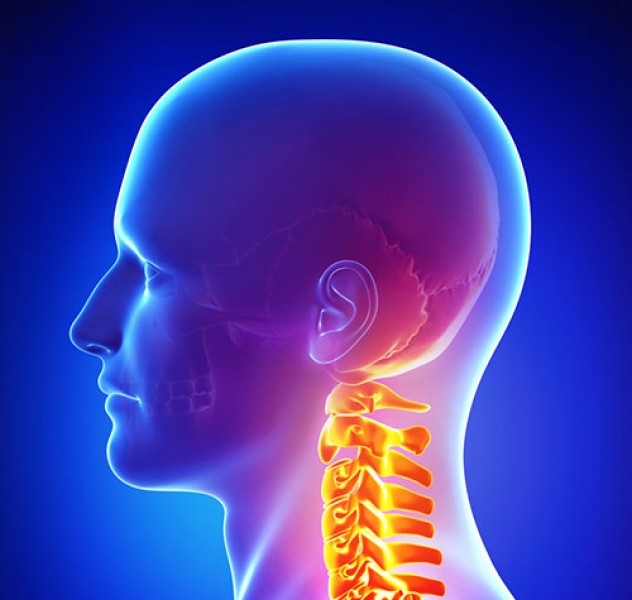Learn about knee crepitus causes and treatment
Have you ever heard a crack-like sound coming from your knee? This happens to many people on an almost daily basis during their daily activities, and some of them may wonder about the reasons for this. Follow the following article with us in order to learn about all aspects of this issue and to realize when this matter is dangerous, so let us read the following.
knee crepitus
Have you ever wondered what is the cause of crepitus in the knee? This is not necessarily a sign that the individual is suffering from a health crisis, but this may be the result of a flow in the fluid that is present around the joints when they are moved or stretched, and the crackling sound may be an indication of osteoarthritis (OA) in addition to that it may be a symptom of rheumatoid arthritis, infectious or some other injury, in which case it is better to consult a doctor.
How to prevent knee crepitus
- Do some exercises regularly in order to strengthen both legs and knees.
- When doing exercises, you should use weights or resistance bands.
- Do some movements that balance the body at least twice during one week, such as squatting.
- Do some warm-up exercises before starting to exercise to avoid any injuries.
- Wear suitable and comfortable shoes.
- Gradual exercise from least difficult to most strenuous.
- Eat very useful foods to maintain the integrity of the body.
How do you get rid of knee crepitus?
- We must be careful to avoid weight gain to relieve pressure on the knee area.
- Persistence in doing some exercises such as walking and swimming.
- If knee crepitus is the result of arthritis, some non-steroidal medications should be taken.
- Be careful to follow the doctor’s instructions to the letter and not to neglect any of them.
- Do some warm and cold compresses to reduce inflammation.
What is the cause of knee crepitus without pain?
The reason for this sound in this case is the movement of the tendon on the bone or joint, and most of these sounds are normal and do not cause concern, but some sounds are an indication of the roughness of the knee or some other disease, and it is preferable to consult a doctor in all cases to be more reassured.
Causes of knee crepitus
There are many causes of crepitus in the knee, examples of which are:
- Tear of the meniscus: This is considered one of the most common injuries that affect the knee area among individuals, and one of the accompanying symptoms other than knee crepitus is swelling, severe pain, and stiffness in the knee, this injury may occur as a result of a sudden collision or sprain during some exercises, in addition to the fact that the chances of infection with it increase with age.
- Arthritis: This is the cause of crepitus in the knee as a result of a shortage of the sticky substance that is present between the joints, and this increases the chance of friction between them during movement, and this is associated with advancing age.
- Muscle weakness: excessive weight gain leads to increased pressure on the ligaments, which makes the tendons rub against each other, and this results in crepitus in the knee.
- Knee joint erosion: This is one of the most common injuries among the elderly, as the joints become very weak and prone to erosion, and this results in a crepitus sound accompanied by pain when moving.
- The joints moving away from each other: This results in the presence of gaps between each other, which causes bubbles of the surrounding fluid to occur, and when these bubbles explode during movement, a crepitus sound results.
Is knee crepitus dangerous?
What determines whether knee crepitus is dangerous or not is the cause of its infection in the first place, and if this is the result of a specific disease or injury, then ignoring that is not correct at all because the consequences will not be satisfactory in any way, but if there is no reason, then the matter is not dangerous and there is no need to worry about that in any way at all.
knee crepitus when prostrating
The crackling sounds that come from the knee when prostrating do not have any reason in most cases and are the result of the movement of the tendons and ligaments around the joint, and if that cracking is not accompanied by a feeling of pain or the appearance of swelling and redness, then this means that there are no diseases that cause it, but if the cracking is associated with those symptoms and the individual feels it well when prostrating or bowing, then, in that case, a doctor should be consulted immediately in order to undergo an examination in order to identify the reasons for this.
Knee crepitus treatment
There are two methods of treating knee crepitus, and the appropriate method of treatment is determined according to the cause of this occurrence, for example:
Dealing with natural crackling
This method of treatment is resorted to when there are no satisfactory reasons for the occurrence of that crackling, and the treatment, in that case, aims to relieve pressure on the joints through the following methods:
- Knee massage and gently moving it up and down: This plays a major role in returning the joint to its place and strengthening the muscles surrounding the knee.
- Maintaining weight: Avoiding weight gain reduces pressure on the joints, and this is done by eating healthy foods and doing some exercises that help soften the muscles and increase their flexibility.
- Avoid standing or sitting for long periods: This results in stretching the ligaments and causing severe pressure on them, so it is better to remain in motion from time to time.
- Exposing the knee to warm water: Keeping the knee in warm water, even for a short period of time, helps to relax the muscles well, which reduces pain and popping sounds.
Dealing with pathological crackling
If there is a satisfactory reason for the cracking sound from the knee, the doctor, in that case, asks the patient to do some necessary tests, and the treatment is as follows:
- Knee physiotherapy: If this problem is caused by the joint moving from its place or feeling weak in the muscles.
- Take some medications: focus on vitamins that are beneficial for bone health, such as vitamin D and anti-inflammatory medications.
- Using injections or changing the joint: This solution is useful in order to replace the lost fluid and work to strengthen the bones.
Treatment of knee crepitus with pain
- If the knee crepitus is caused by an infection, the doctor may prescribe some non-steroidal anti-inflammatory drugs (NSAIDs).
- Do some ice packs to calm the inflammation.
- Wearing a knee brace to stabilize it and prevent it from moving to reduce pain.
- Do some physical therapy exercises to strengthen the muscles and increase the flexibility of the knee.
- Using some medications that are available in pharmacies, such as curcumin, resveratrol, and omega-3 fatty acids.
- Glucosamine, especially in combination with chondroitin, may also be used to treat joint pain.
- Using herbal tinctures and some types of tea as a natural pain reliever.
- When the symptoms are very advanced, this may require surgical intervention.
Treatment of crepitus knee with herbs
Some herbs have a very effective role in treating knee crepitus because of the many benefits they contain, for example:
- Aloe vera: It is one of the most popular types of herbs used in alternative medicine and is used to treat small skin wounds and relieve joint pain, and it is placed directly on the area of pain.
- Indian incense: It is extracted from the gum of the original Boswellia trees, and it is very effective in soothing inflammation and is available in the form of tablets or creams.
- Cat’s Claw: An herb with anti-inflammatory properties that stimulate the function of the immune system and reduces joint pain.
- Eucalyptus: It contains highly anti-inflammatory properties and reduces the severity of pain felt by the individual, and is available in the form of oral pills or creams, but a sensitivity test must be performed initially on a small part of the skin and left for 48 hours.
Weak and crackling knee-strengthening exercises
Many exercises are done in order to strengthen the weak and crackling knee, and they have a great role in treating degenerative arthritis, increasing the flexibility of the knee, and strengthening the surrounding muscles in order to relieve pressure on it, and examples of these exercises are:
Foot lift exercise
The focus of this exercise is on each of the front thigh muscles, the knee, and the stomach muscles, and it is done by following the following steps:
- Lie on your back.
- Keep the left foot extended while bending the other foot.
- Suck the belly in while keeping the back straight on the floor with the hands by the side.
- Raise the left foot, avoiding that it does not exceed the height of the bent foot.
- Hold this position for a few seconds and then slowly lower it.
- Repeat this exercise two to three times on each foot.
Hamstring exercise
This exercise works to strengthen the muscles of the knee and thigh, especially the back, and it is done as follows:
- Stand up straight, keeping your knees slightly apart.
- Bend one foot backward at a 90-degree angle.
- Hold this position until 10 seconds have passed.
- Repeat this exercise on both feet.
Squat exercise
This exercise plays a major role in strengthening the knee and thigh muscles without causing any pressure on the knee, this exercise is done by following the following steps:
- Stand with your feet shoulder-width apart and put your hands on your buttocks.
- Lower your buttocks down a little.
- Hold this position for a few seconds.
- Repeat these steps on both feet.
Foot extension exercise
This exercise helps to strengthen the knee and thigh muscles, and it is done by following these steps:
- Sit on a chair.
- Place your feet flat on the floor, keeping them about the same distance apart as your hips.
- Bend one foot and lift the other straight up.
- Keep doing this until a few seconds have passed.
- Repeat this exercise more than once on both feet.

